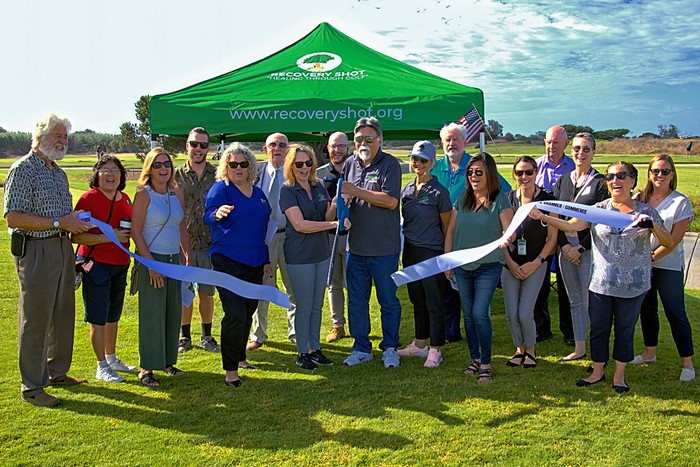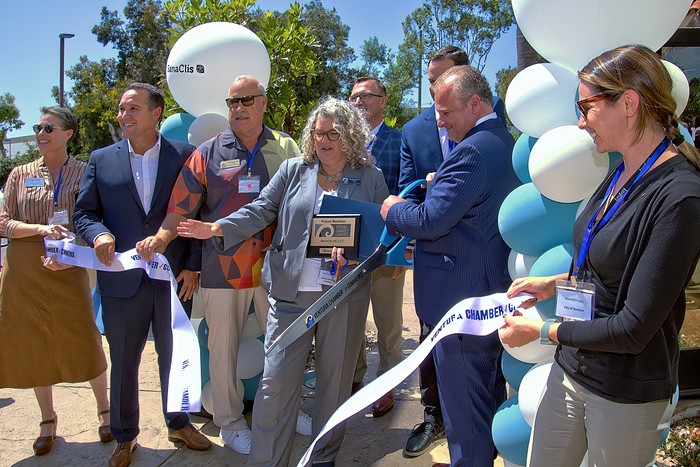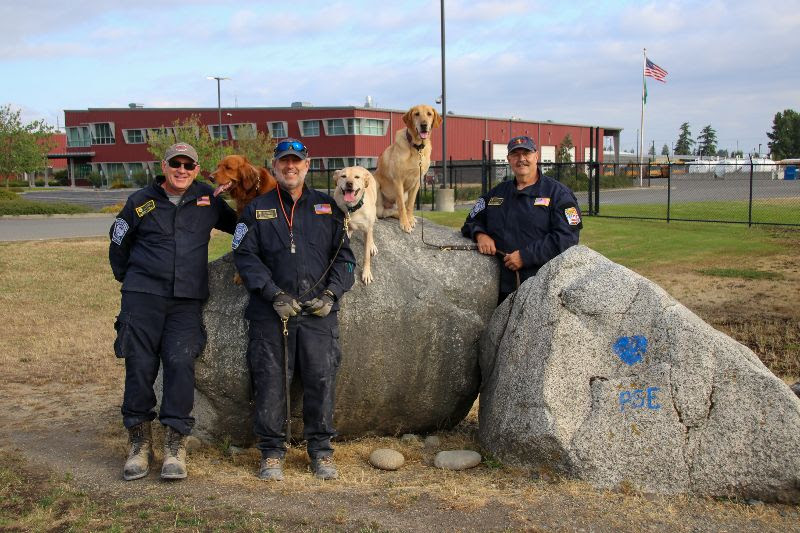
by National Institute on Aging (NIA), Home
Many factors influence healthy aging. Some of these, such as genetics, are not in our control. Others — like exercise, a healthy diet, going to the doctor regularly, and taking care of our mental health — are within our reach. Research supported by NIA and others has identified actions you can take to help manage your health, live as independently as possible, and maintain your quality of life as you age. Read on to learn more about the research and the steps you can take to promote healthy aging.
While scientists continue to actively research how to slow or prevent age-related declines in physical health, they’ve already discovered multiple ways to improve the chances of maintaining optimal health later in life. Taking care of your physical health involves staying active, making healthy food choices, getting enough sleep, limiting your alcohol intake, and proactively managing your health care. Small changes in each of these areas can go a long way to support healthy aging.
Whether you love it or hate it, physical activity is a cornerstone of healthy aging. Scientific evidence suggests that people who exercise regularly not only live longer, but also may live better — meaning they enjoy more years of life without pain or disability.
A study of adults 40 and older found that taking 8,000 steps or more per day, compared to only taking 4,000 steps, was associated with a 51% lower risk of death from all causes. You can increase the number of steps you get each day by doing activities that keep your body moving, such as gardening, walking the dog, and taking the stairs instead of the elevator.
As people age, muscle function often declines. Older adults may not have the energy to do everyday activities and can lose their independence. However, exercise can help older adults maintain muscle mass as they age. In a 2019 investigation of data from NIA’s Baltimore Longitudinal Study of Aging, researchers found that moderate to vigorous physical activity is strongly associated with muscle function, regardless of age. This suggests that exercise may be able to prevent age-related decline in muscle function.
Although many studies focus on the effects of physical activity on weight and BMI, research has found that even if you’re not losing weight, exercise can still help you live longer and better. There are many ways to get started. Try being physically active in short spurts throughout the day or setting aside specific times each week to exercise. Many activities, such as brisk walking or yoga, are free or low cost and do not require special equipment. As you become more active, you will start feeling energized and refreshed after exercising instead of exhausted. The key is to find ways to get motivated and get moving.
Making smart food choices can help protect you from certain health problems as you age and may even help improve brain function. As with exercise, eating well is not just about your weight. With so many different diets out there, choosing what to eat can be confusing. The 2020-2025 Dietary Guidelines for Americans provide healthy eating recommendations for each stage of life. The Dietary Guidelines suggest an eating pattern with lots of fresh fruits and vegetables, whole grains, healthy fats, and lean proteins.
It doesn’t matter how old you are or how long you’ve been smoking, research confirms that even if you’re 60 or older and have been smoking for decades, quitting will improve your health.








